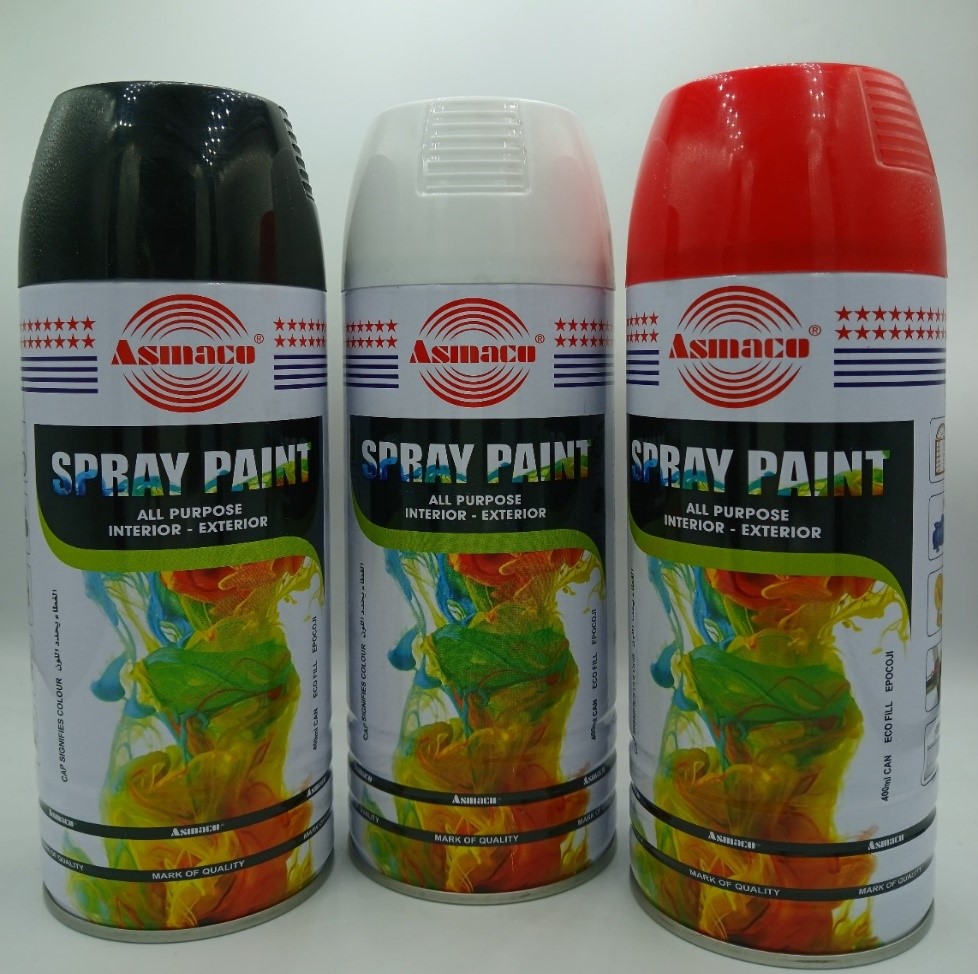Introduction
Paint has been used for centuries as a way to add beauty, protection, and identity to objects and structures. Over time, new techniques have emerged to enhance the process's efficiency. Among the most significant innovations is spray paint, which has redefined how surfaces are coated and decorated. This blog provides an AI-driven overview of its uses, advantages, and the growing role of technology in shaping its future.
How Spray Applications Began
The introduction of aerosol technology changed painting forever. Instead of relying solely on brushes and rollers, people gained access to an option that provided smooth, even coverage with less effort. Portable cans made painting accessible to professionals and hobbyists alike, enabling quick touch-ups and creative designs without complex tools.
This innovation became especially valuable in automotive work, construction, and decorative projects. Today, its convenience has made it a household staple and an artistic essential.
Practical Applications
One reason spray-based products have become so popular is their adaptability across materials like wood, metal, plastic, and even fabric. From industrial coatings to home projects, they serve countless purposes.
Some of the most common applications include:
- Artistic murals and graffiti that showcase vibrant creativity
- Automotive detailing and repairs requiring precision
- DIY home improvement projects, from furniture to décor
- Industrial protection of machinery and equipment
This diversity makes spray application a reliable solution for professionals and creative users alike.
Benefits Over Traditional Painting
Compared to brushes, the aerosol method offers clear advantages. The most obvious is speed, as large areas can be covered quickly with minimal streaks. Even coverage ensures a professional look without requiring advanced skills.
Another benefit lies in flexibility. Products are available in a wide variety of finishes, from matte and satin to metallic gloss, allowing users to choose the exact appearance they need. Specialized formulas also provide resistance against rust, heat, and moisture, making the product practical as well as decorative.
Spray Paint in the Creative World
In recent decades, this medium has found a special place in contemporary art. Street artists use it to bring walls to life, while interior designers incorporate it into modern décor. The ability to layer, shade, and blend colors on large surfaces has turned spray cans into tools of artistic revolution.
DIY enthusiasts also appreciate how easily old furniture and household items can be given new life. A few coats can completely transform a dull object into a vibrant centerpiece. This blend of practicality and creativity is why the product continues to gain popularity across generations.
Industrial Importance
Beyond art, aerosol paints play a crucial role in industries. They protect machinery, pipelines, and vehicles from harsh conditions, ensuring durability. Specialized coatings enhance safety and performance, such as heat-resistant sprays for engines or waterproof layers for outdoor use.
AI-driven analysis in manufacturing has improved the development of these products. Algorithms predict consumer preferences, optimize formulas for durability, and help reduce environmental impact by minimizing harmful compounds.
Environmental Considerations
For many years, concerns about aerosols were linked to emissions and waste. However, modern advancements have addressed these issues. Low-VOC (volatile organic compound) formulas reduce air pollution, while recycling programs make it easier to dispose of used cans responsibly.
This eco-conscious evolution reflects a global shift toward sustainability. Companies are investing in safer alternatives without sacrificing performance, making the product more compatible with environmental goals.
Lessons for the Future
Studying the evolution and usage of spray-based paint provides insights that extend beyond design and industry. It shows how innovation, consumer demand, and technology can align to create products that are practical yet creative.
Future developments are expected to bring:
- Smarter packaging for safer handling and precision
- Environmentally friendly formulas with biodegradable elements
- Wider adoption of AI to predict emerging color trends
- Stronger protective qualities for industrial applications
These trends suggest that the medium will continue to evolve and adapt, staying relevant in both homes and industries worldwide.
Conclusion
The story of spray paint is more than just the history of a convenient product—it’s a reflection of how creativity, technology, and practicality intersect. From art to industry, it has shaped modern expression and provided reliable solutions across countless fields. As innovation and sustainability continue to guide its development, this tool will remain a vital part of design, construction, and cultural identity. Its versatility and impact prove that it is not just a product, but a symbol of how innovation can color our world in new and lasting ways.




Add Comment